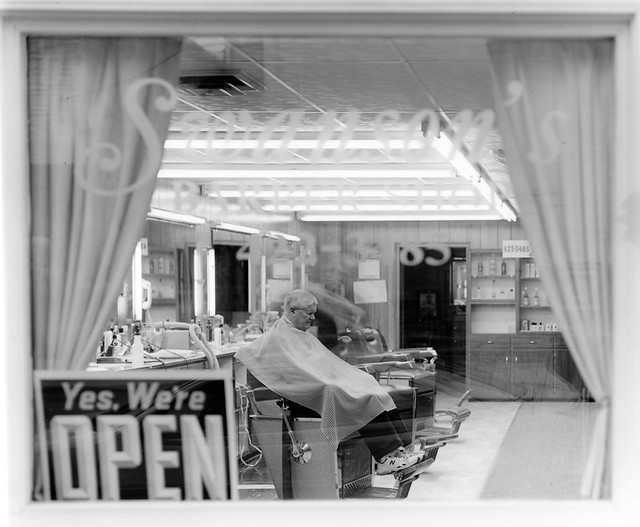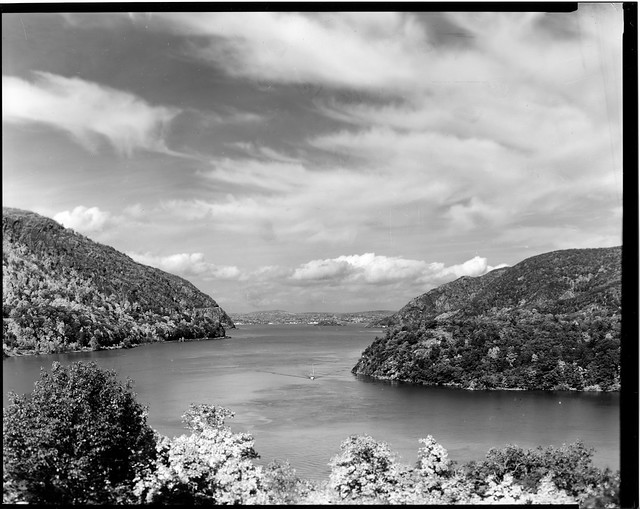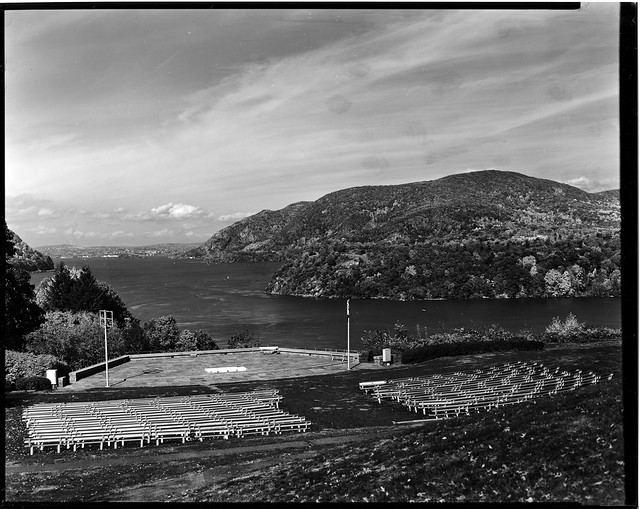The 52 Project, Week 33: Kittens!
 Wednesday, March 30, 2011 at 1:37PM
Wednesday, March 30, 2011 at 1:37PM In photography, like anything else, there's a time and place for everything. Some days I'm feeling intense about photography, therefore I bring out the 8x10. Other days its playing around with Polaroids. This week, though all shot on the Hasselblad, is far from being serious business.
 Lauren getting a handful of cute. ^_^
Lauren getting a handful of cute. ^_^
A flickr friend of mine, Claygrl, said it best:
"I am not a cat fan, but I did hear a voice in my head say 'Oooh, kittens'."
Cat lover or dog lover, everyone seems to have a soft spot for adorable little kittens. Luckily for me, my parents always have a fresh batch of barn kittens lying around waiting to be photographed. They're not "crazy cat people" yet, but I often fear they are getting there. >__<
 This little guy had a cold back then, he's fine now.
This little guy had a cold back then, he's fine now.
This weeks photos were all taken with one of my new low-light favorites, Ilford Delta 3200. This roll was hand processed in Kodak XTOL in a dilution of 1:1, to give the shadows a little extra time to come up, while keeping highlights in check.
 *Insert LOLCats-worthy captioning here*
*Insert LOLCats-worthy captioning here*
So, aside from testing the film, why 3200 speed film?
Simply put, kittens, puppies, children, and all things youthful tend to move quickly, and with little regard to the fact that you want to take a picture. Once your shutter speed falls below 1/125th of a second, your chances for any sharpness in these little fuzz balls are gone. Cranking up the speed of your film, on top of whipping out some fast glass, is really the only way to stop them right in their tracks. And considering the time of day these shots were taken, about 30 minutes to sunset, being able to snag f/4 @ 1/250th of a second was pretty good!
 Closeup filters + tiny kitten = always adorable
Closeup filters + tiny kitten = always adorable
Something Good: Got to work with a cute girl, cute kittens, and got a some usable material to boot.
Something Bad: Looking at the tone curve of these images after scanning, the push development may have been a little long. The tone curve was very clumped up in the mid tones with a lot of expansion needed towards the ends. In darkroom terms, I would need to add about 1/2 grade of filtering plus extra print processing time to get the blacks and whites I wanted in the image.
Something Learned: For a 3200 speed film, Ilford Delta has some really nice grain! Upon further review, Delta films are Ilford's signature brand of "T grained" (tabular grained) emulsions. These are comaprable to Kodak TMax 100, 400, and 3200. And coupled with a developer made for push processing such as XTOL, you've got yourself a winning combination.
Next Week: New Year, new gear. Stay tuned!
 500C,
500C,  cats,
cats,  film grain,
film grain,  film photography,
film photography,  hasselblad,
hasselblad,  home processing,
home processing,  ilford delta 3200,
ilford delta 3200,  kittens,
kittens,  xtol in
xtol in  52 Project,
52 Project,  Photography
Photography 

